8 Fruit Trees for Patio |
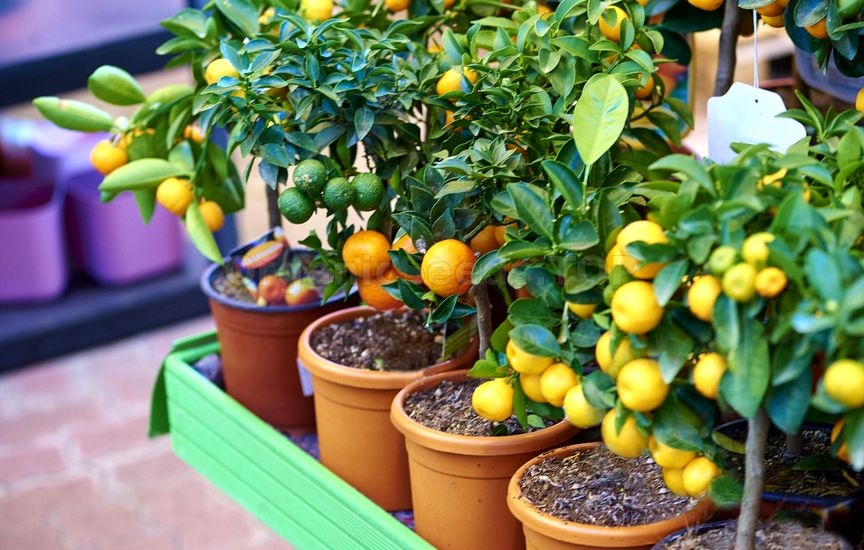 Nothing turns a city rooftop into a verdant paradise so much as an orchard of potted fruit trees, especially when they are in blossom, buzzing with pollinating bees, or dripping with fruit. But even if you have a tiny balcony, it's really worth including a fruit tree. Whether it's a single pear tree or a line of fan-trained peaches, apricots, plums, and espaliered apple trees edging a terrace, dwarf fruit trees bring a structure and a delicious sense of maturity to a balcony or roof garden. How to Choose a Dwarf Fruit Tree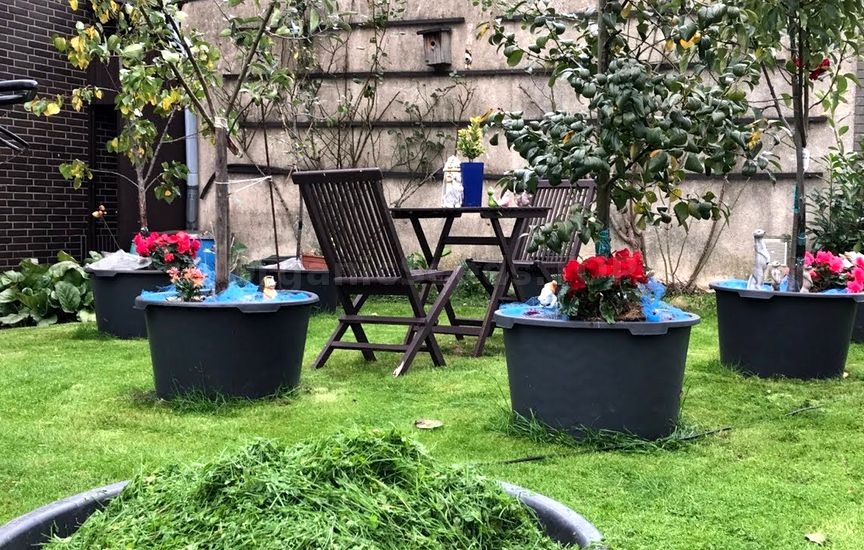 Fruit trees are good in pots as long as they are grown on a dwarfing rootstock — any specialist supplier can help you select the right one for your balcony if you are unsure.
Always check with suppliers to see if you need more than one tree to ensure good pollination. Some fruit trees, such as cherries, apricots, and peaches, are self-fertile, so you will get fruit with only one tree; others, such as apples and pears, need a partner nearby to ensure pollination. If you have room for only one apple or pear tree, a "family" tree, in which three varieties have been grafted onto one rootstock, is ideal. How to Plant and Grow Fruit Trees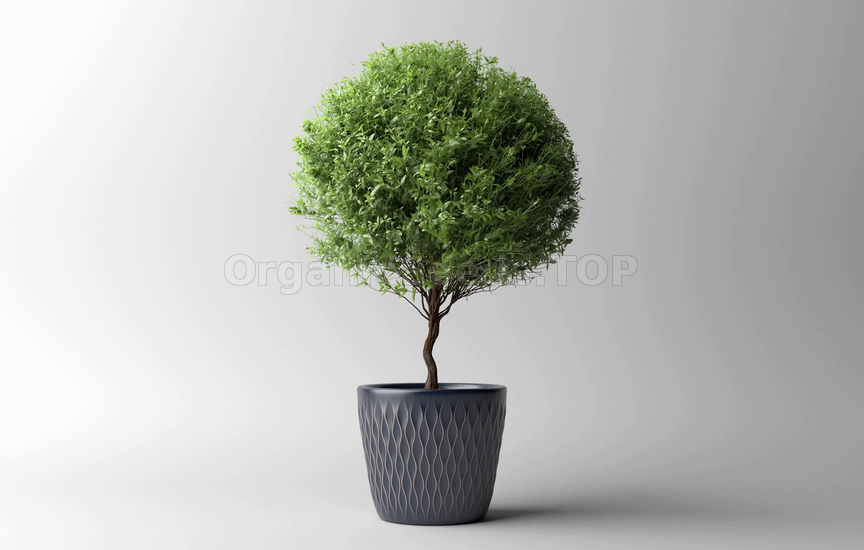 You can grow fruit trees in pots at least 1 foot in diameter and 1 foot deep. Galvanized dustbins come in the ideal size, look surprisingly elegant, and cost fairly little at hardware stores. Heavier options include halved wooden barrels or terracotta pots, while for super-lightweight versions consider plastic planters or rubber Tubtrugs. Drill drainage holes into the base if they don't already have them.
You will also need to anchor the tree to some type of support, as a fruit tree in full leaf can really catch the wind. Since fruit trees will live for many years, it's best to plant them in a soil-based potting mix that releases nutrients slowly. Place the trees in a sunny spot to get a really good, sweet crop. Feed potted fruit trees every two weeks from blossom time to mid-autumn with a high-potash feed such as liquid seaweed and keep them well watered. It's a good idea to mulch the surface of the soil (with shingle or cocoa shells, for example) to keep moisture in. The traditional time to plant fruit trees is in the dormant season from mid-fall to early spring, though you can pick up potted trees all year round. The pruning required varies depending on the form and type of fruit tree; it's worth buying from a specialist supplier who will provide detailed instructions. Apple Trees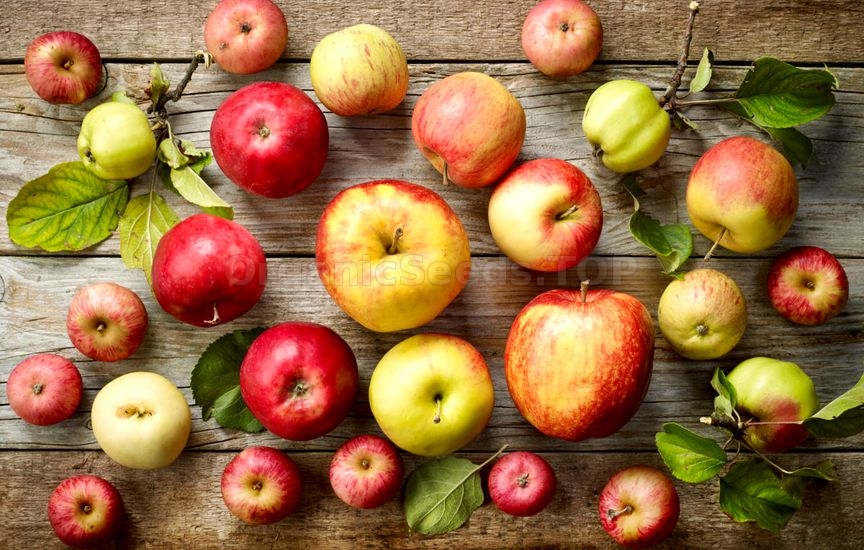 It's the quintessential orchard fruit that can grow as a bush on dwarfing rootstock or as an espalier, U-shaped cordon, or double U. Delectable dessert varieties include Gala, Fuji, and Honeycrisp, all of which will pollinate each other, or try Jonagold, Pink Lady, Ashmeads Kernal, or Cox. Good cooking varieties include Gordon, Liberty, and Sierra Beauty.
Pear Trees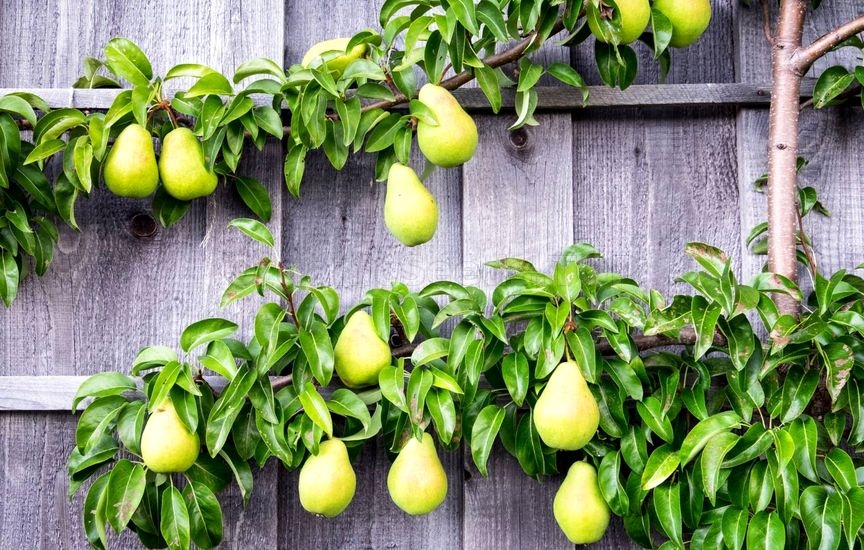 A ripe pear is a wonderful thing, but since pears flower early, late frosts can damage their crops. To be on the safe side, cover the branches with fleece if they're in blossom when a frost is forecast. Pears can be grown as a bush on dwarfing rootstock or as a cordon, espalier, U-shaped cordon, or double U. Good dessert varieties include Bartlett, Moonglow, and Doyenne du Comice.
Cherry Trees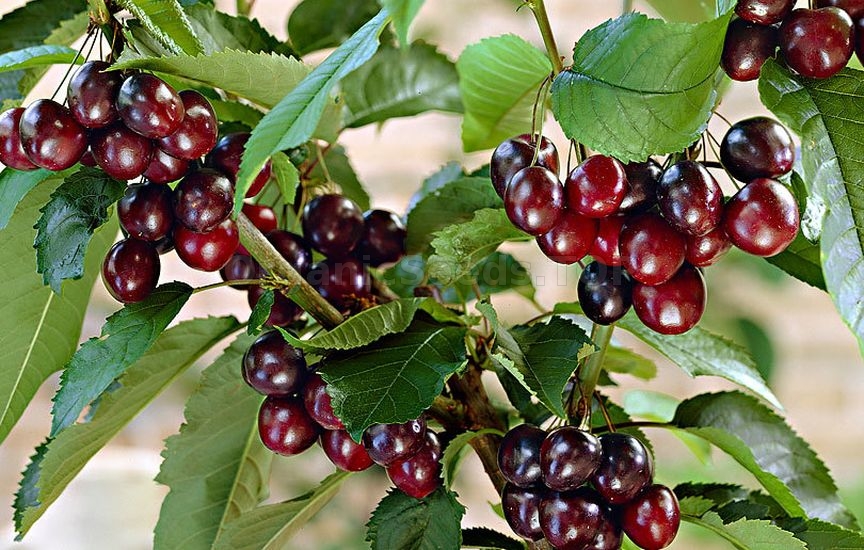 Modern cherries are self-fertile, so you only need one tree to ensure a good crop — f you can keep the birds off, that is. Netting may be a necessary defense as the fruit ripens. Expect beautiful blossom and lots of fruit when the tree is established. Grow cherries as a bush on dwarfing rootstock or as a fan against a warm wall.
Good varieties include Lapins and Stella. If you have a shady, north-facing wall, a morello or acid cherry will thrive as a fan, producing tart cherries that are excellent when cooked. Plum Trees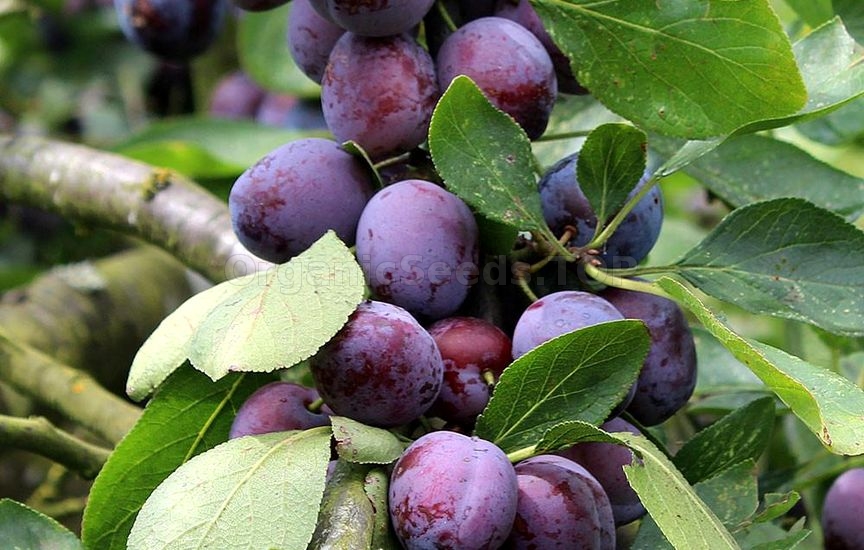 These accommodating trees deliver heavy crops with very little asked from you in return. Pruning is minimal (and certainly should never be attempted except in summer, to avoid fungal infection), and most are self-fertile.
The only thing they demand is thinning of developing fruits; otherwise, plum trees tend to produce far too many plums one year, followed by nothing the next. Thin plums in midsummer so they're about 2 inches apart. Either grow plums as a bush on dwarfing rootstock or as a fan. Try greengages for their unique buttery texture and sweetness. Peach and Apricot Trees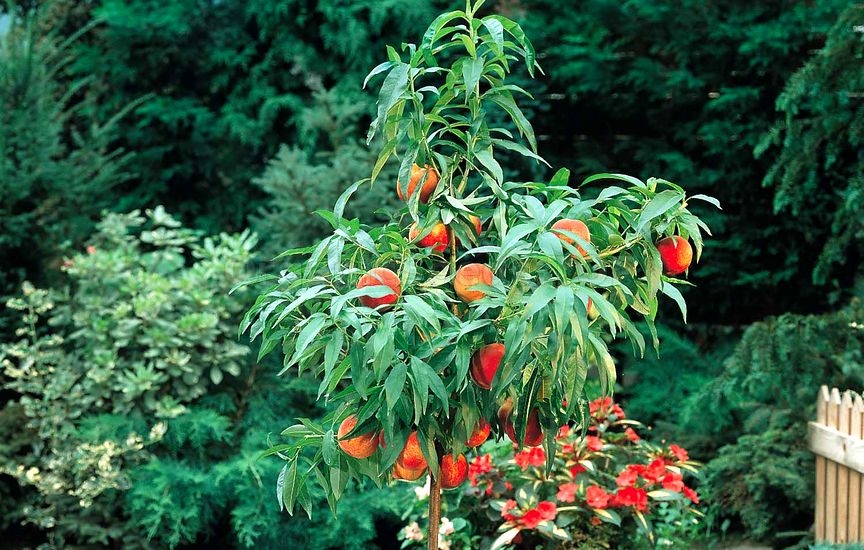 Once you've tasted your first ripe peach or apricot straight from your own tree, there's no going back. Such experiences have to be repeated, and you'll go to no end of trouble to do so. As with all container fruit trees, make sure you buy a tree with the suitable dwarfing rootstock. A good dwarf peach is Bonanza; try Pixzee or Pixie-cot for a dwarf apricot. All of these can be grown as freestanding trees in pots and need little pruning; alternatively, they can be grown as fans.
Both peaches and apricots are hardy when dormant over winter, but since they blossom early in the spring, the flowers are susceptible to frost damage. Bring the tree inside when in blossom if frost is forecast, or cover it with horticultural fleece if it's trained against a wall. Although self-fertile, both trees can benefit from a bit of help with pollination to ensure you get a good crop: When the flowers are open, dab the pollen gently with a soft brush and rub it onto the surrounding flower. Peach leaf curl is a nasty fungal disease, so if you can find a dwarf variety that claims resistance to this disease, buy it. Fig Trees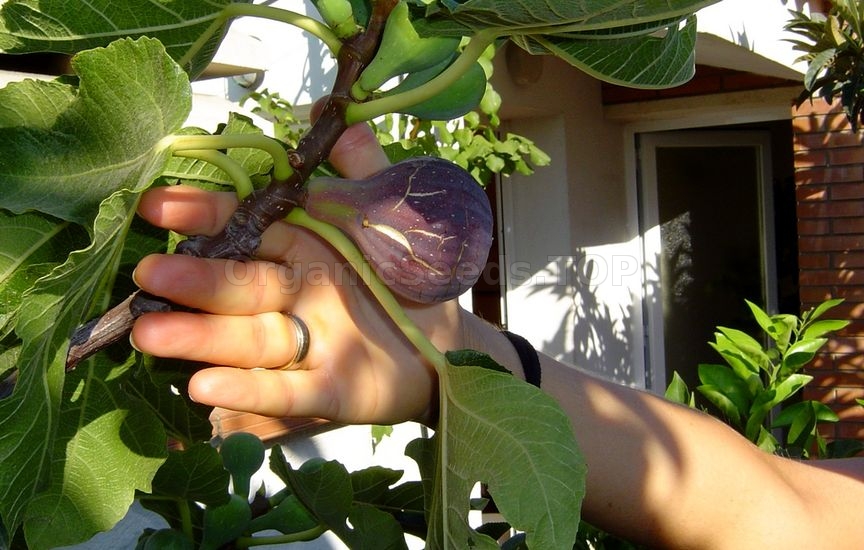 A sprawling, fan-trained fig tree in a pot is a majestic sight, and the hand-shaped leaves release a "figgy" scent if you brush past them, particularly on hot days. And then there are the incredibly succulent fruits, swelling through the summer until they all but burst open to reveal their sweet, dark flesh.
Figs are an ideal choice for growing in pots because they prefer to have their roots confined, and they're easy to train into fan shapes by tying branches against a warm wall. To ensure a crop where your climate is cool, protect the baby fruits over winter by tying sleeves of plastic bubble wrap loosely around them, making sure to leave them open-ended so that air can still circulate. Any fruits that are larger than pea size by fall should be removed, and pinch out the growing shoots of the tree in early summer so that only five leaves remain per shoot. Brown Turkey is a reliable variety with delicious, purple-fleshed fruits. Other good ones to try are Panachee and Black Mission. Plant in soilless potting mix or soil-based mix in a pot no smaller than 18 inches in diameter. Place in a sunny, sheltered spot, keep well watered, and feed with liquid seaweed every two weeks throughout the growing season. Calamondin Orange Trees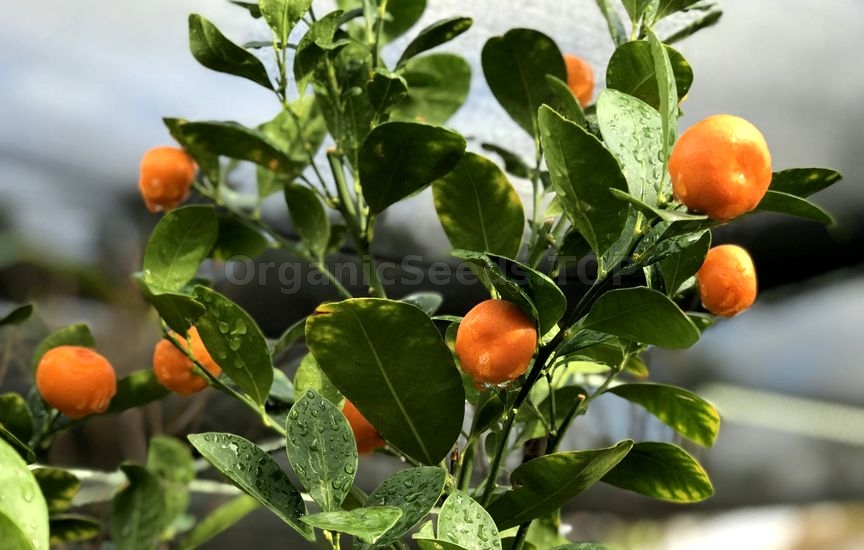 Calamondin orange is perhaps the best choice for beginner gardeners. These glossy trees constantly produce intensely scented flowers, which develop into small, round fruits that are too sour to eat raw but make delicious, tangy marmalade. They can also be cut into segments and added to cool drinks. The biggest benefit of Calamondin oranges (X Citrofortunella microcarpa), though, is that this is the only citrus that can be overwintered indoors. It can even be grown all year inside. |
|
|
